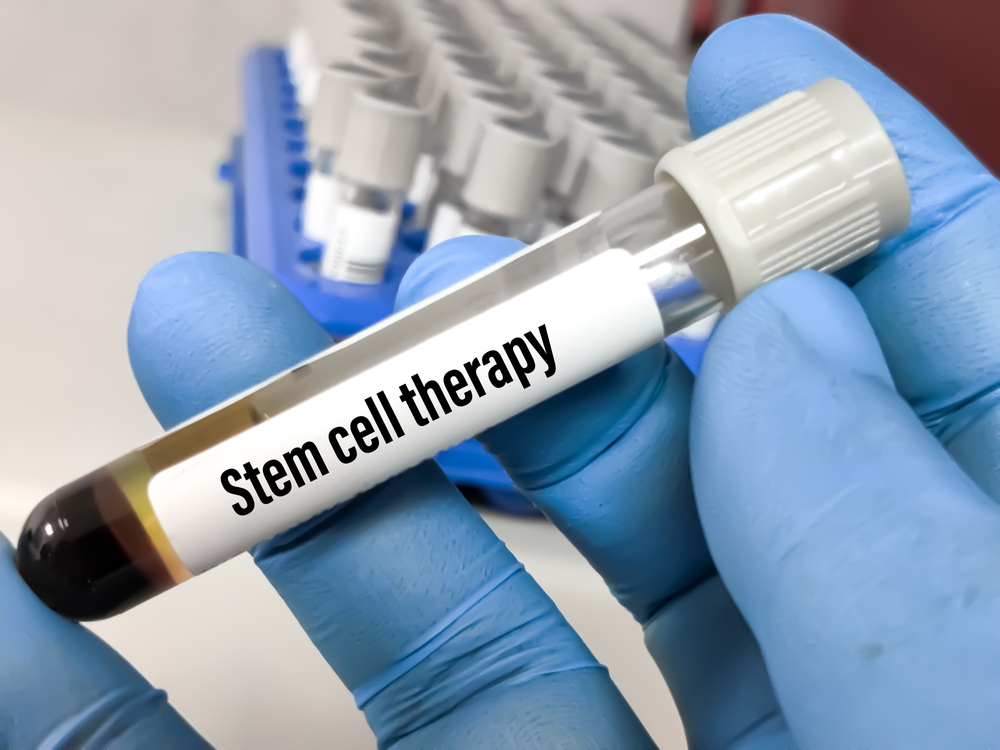Arq. Bras. Cardiol. 2024; 121(9): e20240515
Adipose-Derived Mesenchymal Stem Cell Therapy for Ischemic Heart Disease: Safe but Not Effective?
This Short Editorial is referred by the Research article "Safety and Efficacy of Adipose-Derived Mesenchymal Stem Cell Therapy for Ischemic Heart Disease: A Systematic Review".
Cardiovascular disease continues to be the leading cause of death in adults globally. Obstructive coronary artery disease involves a gradual narrowing of coronary artery branches due to the build-up of atherosclerotic plaque, leading to reduced blood flow to the myocardium. This myocardial infarction initiates a cascade of pathological processes such as oxidative stress, inflammation, and fibrosis, which eventually lead to heart failure. A heart transplant is sometimes the only viable option for many patients with progressive ischemic heart failure refractory to anti-anginal medication or revascularization. Novel therapeutics such as stem cells, RNAs, CRISPR, growth factors, etc., hold great promise for meeting this clinical need. Stem cells have been tested in pre-clinical studies extensively for many years now. Paracrine factors, instead of differentiation potential, are now widely agreed upon as the most likely cause of their therapeutic effects. Contemporary studies continue to employ either native or genetically reprogrammed stem cells for treating various diseases. Stem cells can be derived from diverse niches in the adult human body, such as blood, bone marrow, fat, skeletal muscle, and more. However, many of these tissues can only be harvested in very small quantities. Also, access to some of them, e.g., bone marrow, requires invasive procedures. Adipose remains one of the most abundant and easily retrievable tissues for this purpose.
In the current issue, the authors present a systematic review of clinical studies in which adipose-derived stem cells (ADSCs) have been used as a therapeutic for ischemic heart disease (IHD). This review summarizes the safety and efficacy of ADSCs in ten such studies (comprising 29 publications), with 8 randomized controlled clinical trials and 2 uncontrolled trials. The studies reviewed by the authors administered varying numbers of ADSCs (from 400,000 cells in the Athena I trial to 100 million cells in the DANISH and SCIENCE studies. Apart from the AdiFLAP study, which used an adipose patch, these studies administered ADSCs via intramyocardial or intracoronary injections. Follow-up for these trials ranged from 6 months (APOLLO, Kastrup et al.) to 36 months (MyStromalCell and PRECISE). In the early days of stem cell therapy, one of the main safety concerns was teratoma formation. This was largely due to the pluripotent nature of stem cells being tested. As the human body is a complex milieu of growth factors, cytokines, hormones, etc., stem cells could also differentiate into unintended cell types, making stem cell therapy a risky endeavor that could cause more harm than good. In the last decade, these therapies have come of age, with multipotent instead of pluripotent stem cells as candidates.
[…]
260

